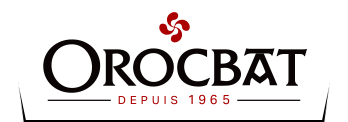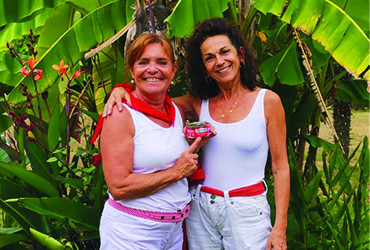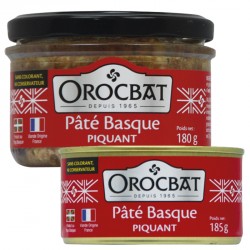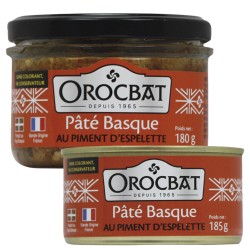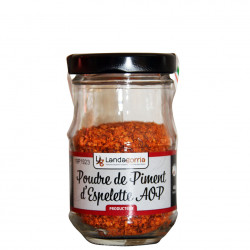Our spicy pâté in the colours of the Bayonne festivals
Born in 1932, the Fêtes de Bayonne have become THE reference for large festive gatherings in our country. Putting on your white outfit and tying your red scarf are now the daily gestures of thousands of "festayres" who come to experience these five days and nights of festivities with passion and respect. We owe this ritual to a great group of friends, encouraged by the benevolent complicity of the elected officials of the time.
Of all the great festive gatherings in the south of France, those of Bayonne are the only ones that continue to bear the name "Fêtes" and not ferias. Here, the emphasis is on the various festive traditions of the Basque Country and Gascony, which are expressed in games, dances, music and songs. Live music is honoured and celebrated everywhere: male choirs, choirs, bandas and other traditional music groups are both the true animators and actors of the festival.
From the cow races in Saint Andrew's Square to the Basque strength festival, from the Karikaldi events to the Light Corso parade, from the festive and musical parades to the performances of the great orchestras, everything is "labelled" a local tradition.
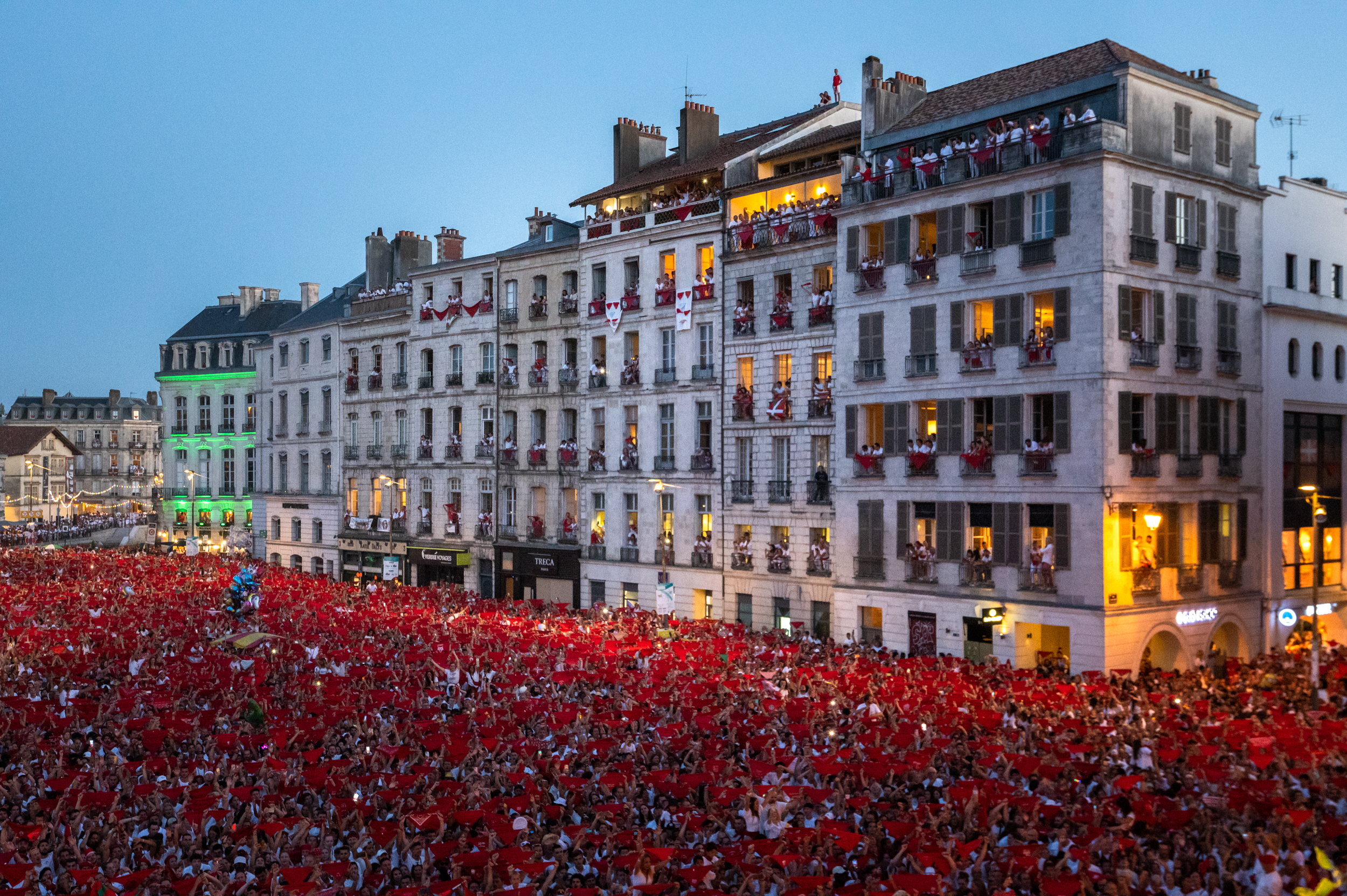
Unlike the gatherings in many other cities, the Bayonne Festivals are not placed under the aegis of a patron saint. No, those of Bayonne are guided by a singular monarch, King Leon!
Since Wednesday 5 August 1987, our good king has been sitting on the balcony of the town hall and watching over his festive kingdom, from the opening of the royal canopy at 10pm on Wednesday until it closes at midnight on Sunday.
An emblematic character of the Bayonne Festivals, King Léon is the mascot of a whole host of festayers. Young and old alike respect and venerate him, with, in particular, a flagship event every day on the balcony of the town hall, the awakening of the king at 12 noon precisely.
